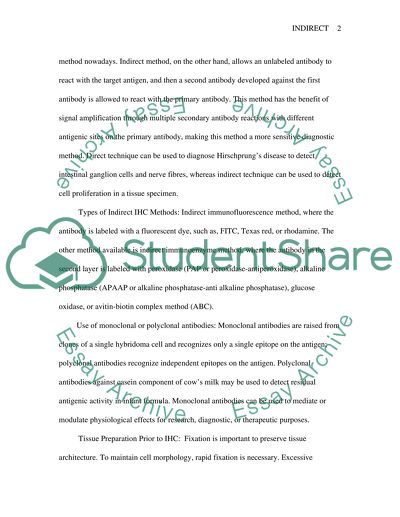Cite this document
(“Critical evaluation of the use of indirect immunocytochemical Essay”, n.d.)
Retrieved from https://studentshare.org/health-sciences-medicine/1504132-critical-evaluation-of-the-use-of-indirect-immunocytochemical-techniques-in-diagnostic-pathology
Retrieved from https://studentshare.org/health-sciences-medicine/1504132-critical-evaluation-of-the-use-of-indirect-immunocytochemical-techniques-in-diagnostic-pathology
(Critical Evaluation of the Use of Indirect Immunocytochemical Essay)
https://studentshare.org/health-sciences-medicine/1504132-critical-evaluation-of-the-use-of-indirect-immunocytochemical-techniques-in-diagnostic-pathology.
https://studentshare.org/health-sciences-medicine/1504132-critical-evaluation-of-the-use-of-indirect-immunocytochemical-techniques-in-diagnostic-pathology.
“Critical Evaluation of the Use of Indirect Immunocytochemical Essay”, n.d. https://studentshare.org/health-sciences-medicine/1504132-critical-evaluation-of-the-use-of-indirect-immunocytochemical-techniques-in-diagnostic-pathology.


